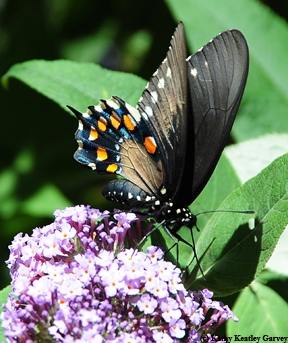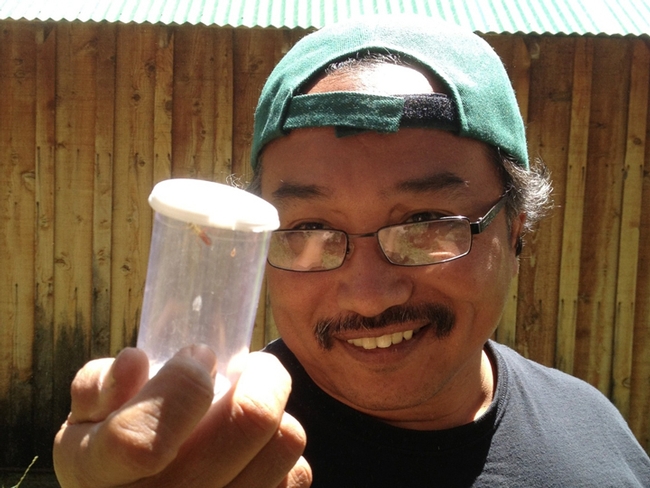
And trying to save it from development.
Scientists and citizen-scientists will gather Sunday, June 1 in the western highlands of the Oakland park to conduct a "bioblitz"--or a tally of the biodiversity of animals and plants living there.
"The Oakland Zoo is planning to bulldoze and build upon 56 acres of the most sensitive habitat, which will demolish pristine stands of maritime chaparral and native grasses, destroy over 50 mature trees including heritage oaks, and fence out wildlife that depends on this land to survive," said Constance Taylor of www.wildoakland.org in a news release issued today.
"Rare maritime chaparral and native grasslands alongside coastal scrub and oak woodlands comprise interconnected ecosystems with spectacular diversity: Hundreds of species of lichen, moss, and fungi (including a 100+ year-old giant puffball “fairy ring”), fields of wildflowers and many other California native plants, from ground cover to shrubs and trees," she said.
"These habitats sustain a multitude of wildlife species—insects, reptiles (including the federal and state protected Alameda whipsnake), resident and migratory birds, and an array of mammals—from the lowly dusky-footed woodrat (a California Species of Special Concern) to the top of the food chain, our native mountain lion."

And insects? "Yes, we are definitely looking for bugs," said bioblitz leader/entomologist Eddie Dunbar, founder and president of the Insect Sciences Museum of California (ISMC). "The same evening we will be sheetlighting for nightflying insects. Moths will be out, of course. However, it has been suggested that there may be a vernal kind of riparian area. If so, we want to see what aquatics we can attract. Also, there would be sampling during the day for aquatics, if they are there. During the day we will sweep, beat, poot, and check underneath ground debris for insects. We want to make a case that this area deserves protection."
One of ISMC's many activities is to conduct surveys of Northern California insect ecosystems. Clients participate in field surveys, learning contemporary science techniques and using authentic science equipment. Survey findings are published into regionally specific web guides, searchable photographic databases, and geographically relevant science learning aids. Learning aids are developed, distributed and modeled by ISMC staff.
Entomology graduate and undergraduate students and enthusiasts at the University of California, Davis, are expected to be among those participating. Dunbar hopes that the participants will find many insects, including native bees. Anyone interested in helping out can email Eddie Dunbar at eddie@bugpeople.org.
Further information:
Learn more about Knowland Park and the proposed zoo expansion at www.saveknowland.org
Attached Images:

